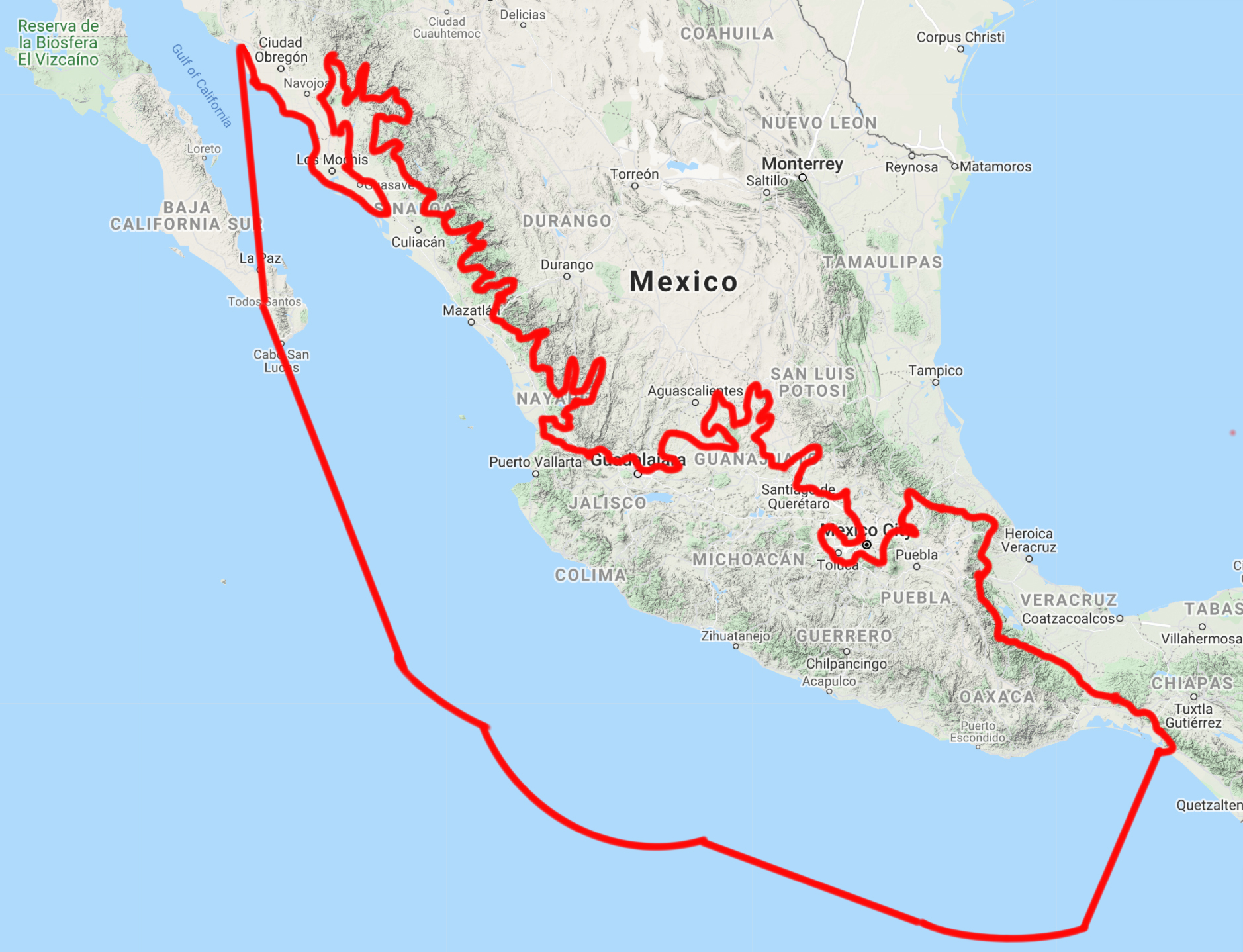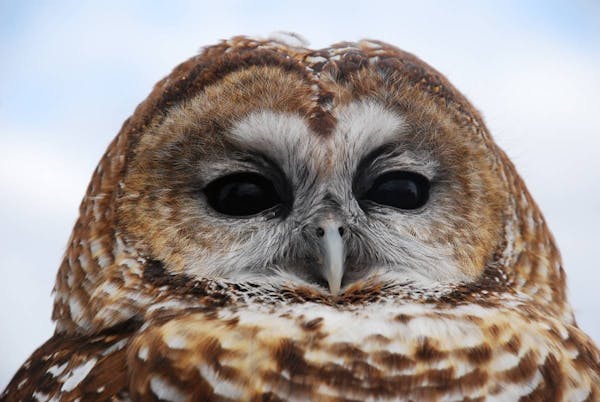Balsas screech owls: rare predators with a fierce, haunting hoot
Our “Species of the Week” series highlights the flagship species of each of the 844 unique ecoregions contained within Earth’s bioregions.
Nighttime in the tropical woodlands of southwestern Mexico is full of curious sounds. One of the most distinctive sounds is described as the “bouncing ball song.” The Balsas screech owl’s hoots are the same rhythm as a ping pong ball being dropped on the floor, slow at first and getting faster and progressively louder. Balsas screech owls are endemic to this region; They fill the forest with their songs and act as vital predators in this ecosystem.

Balsas screech owls are the flagship species of the Balsas Dry Forests ecoregion, located in the Mexican Dry & Coniferous Forests bioregion (NT28).
Females are slightly larger than males, 24 to 27 centimeters (9.4 to 10.6 in) in length and weighing between 150 and 174 grams (5.3 and 6.1 oz). White tufts underneath highlight the brown and gray markings on their plumage. Narrow dark streaks outline the Balsas screech owl’s characteristic brown eyes.
Like other screech owls, Balsas screech owls are named for their piercing songs. Their normal territorial call is not a hoot as with some owls, but multiple calls are given in rapid succession. All screech owls have a good sense of hearing, which helps them locate their prey. Curved bills and raptor-like claws have also evolved to aid in capturing insects, arthropods, and small vertebrates, acting as natural pest control in their ecosystem.
%20active%20during%20the%20night%20dreamstime.jpeg)
Balsas screech-owl (Megascops seductus). Image credit: © Agami Photo Agency | Dreamstime
Although little is known about the species, Balsas screech owls hunt during the night from perches located in semi-open landscapes. Hidden in the hollows of trees or camouflaged between branches, these owls look and listen over a wide area to hunt. Due to habitat loss and degradation, this landscape is shrinking and putting the Balsas screech owls at risk.
The best way to protect Balsas screech owls is through conservation and habitat protection and restoration. The Mexican NGO Autonomous Group for Environmental Research (GAIA), helps Mexican farmers and foresters in the southwest seek both biodiversity conservation and the strengthening of rural livelihoods. Combining traditional practices with scientific knowledge, the project funds sustainable farming training. These programs work with nature and safeguard the environment for species like the Balsas screech owl.
Explore Earth's Bioregions%20active%20during%20the%20night%202dreamstime.jpeg?auto=compress%2Cformat&w=1440)



